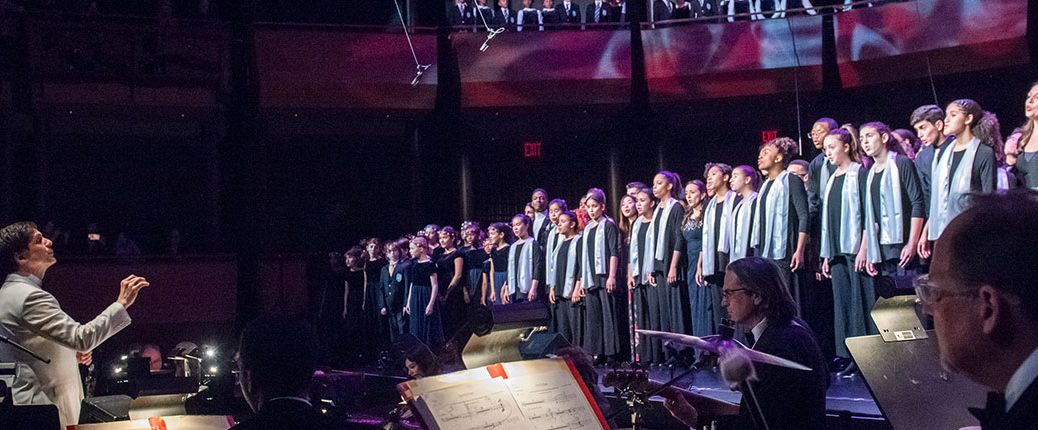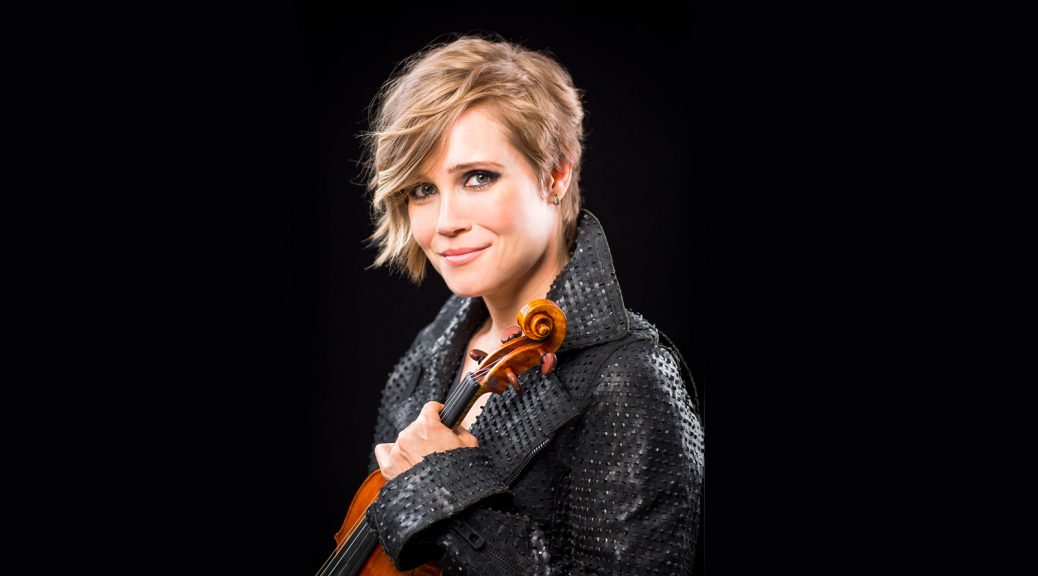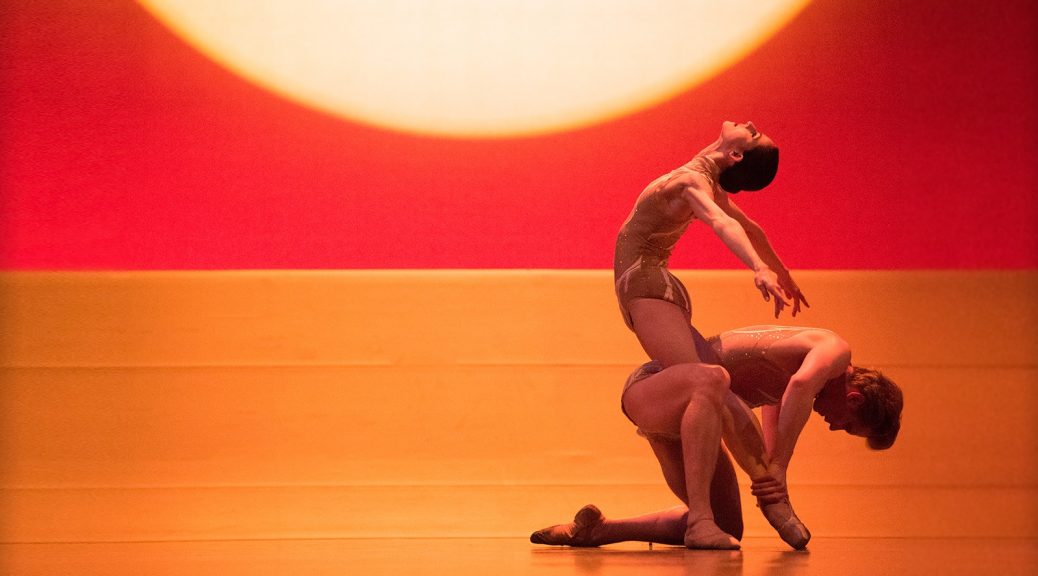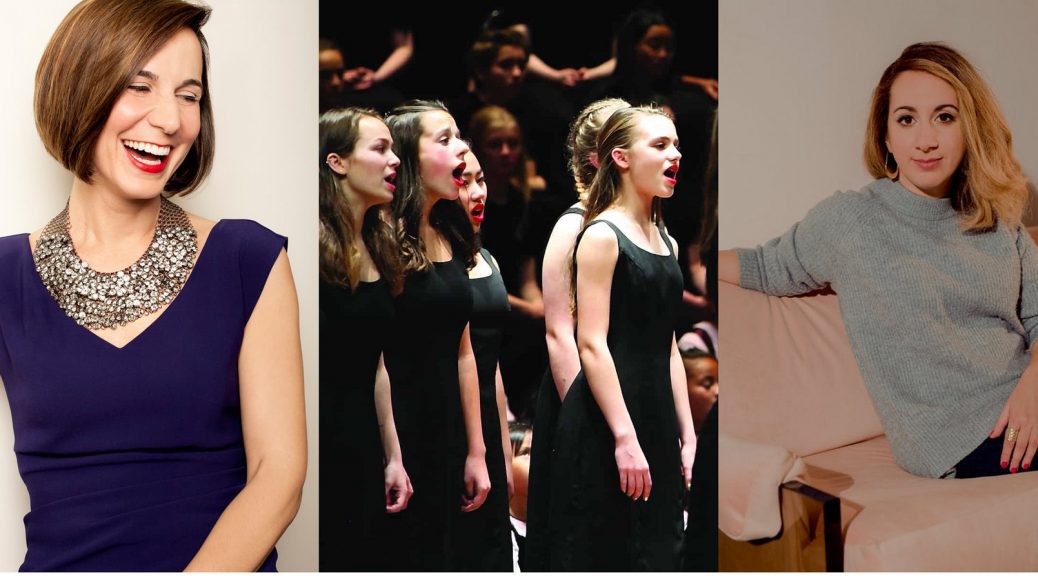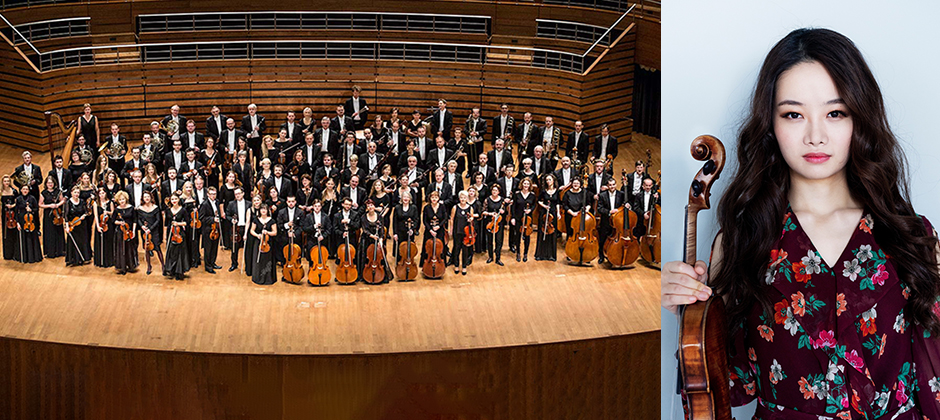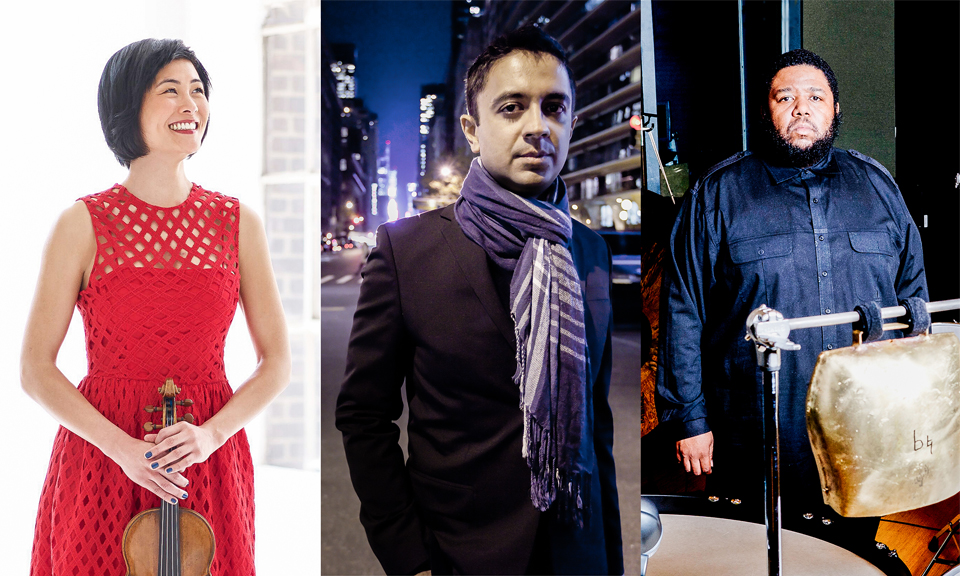A YOUTH CHORUS TO OPEN YOUR EARS, WIDE
NEW YORK CITY—It’s as if none of us had ever heard a youth chorus before—Hundreds of youngsters, age 9 on up, on stage singing, gyrating, dancing, all on pitch, despite flying about as if in a Broadway musical. It left one battle-hardened music critic nearby captivated, driven to pounding on a thigh in time to the swelling rhythms. The whole show was enough to move this writer to tears of sheer joy rarely shed. This was the prize-winning multi-racial, multi-cultural…
